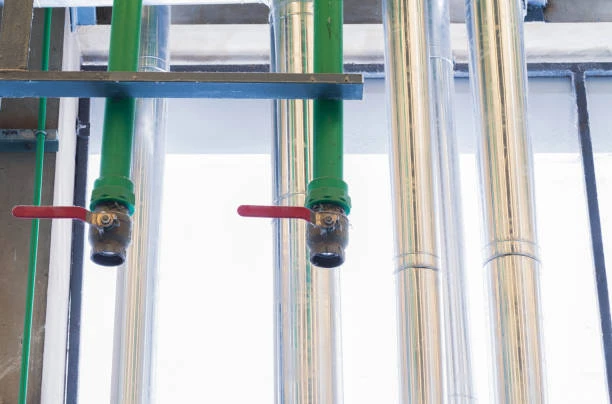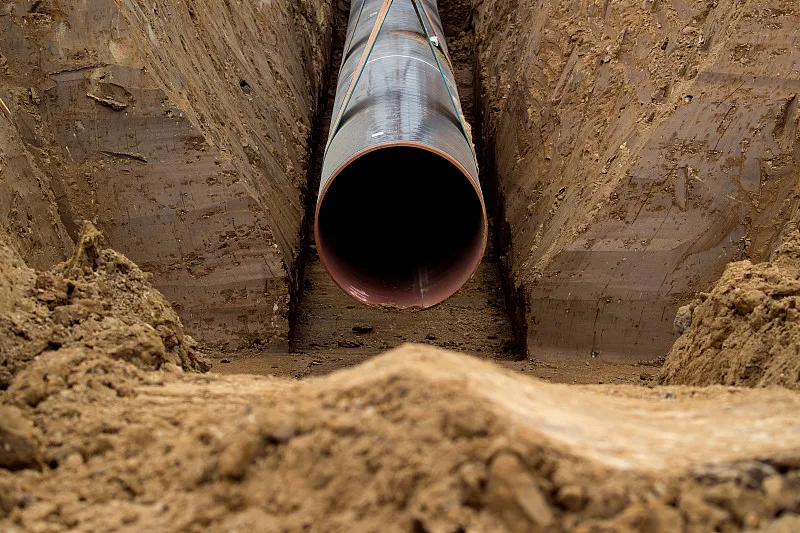In recent years, PPR (Polypropylene Random Copolymer) pipes have emerged as a leading choice for drinking water systems. Their unique properties make them ideal for ensuring safe, clean, and efficient water delivery in various applications. This article explores the numerous benefits of using PPR Pipe for drinking water, detailing why they are a preferred option for both residential and commercial plumbing.
What Are PPR Pipes?
PPR pipes are made from a type of thermoplastic polymer known as polypropylene random copolymer. This material offers excellent chemical resistance, durability, and versatility, making it suitable for various applications, including potable water systems. PPR pipes are available in different pressure ratings, which allows them to handle varying water pressure requirements.
1. Chemical Resistance
One of the primary advantages of PPR pipes is their exceptional chemical resistance. Unlike metal pipes that can corrode over time, PPR pipes do not react with the substances they carry. This ensures that drinking water remains pure and free from contaminants.
How Chemical Resistance Affects Water Quality
The chemical composition of PPR pipes prevents leaching of harmful substances into the water supply. This property is particularly important in areas where water is treated with chemicals or contains high mineral content. By maintaining the quality of drinking water, PPR pipes contribute to the health and safety of users.
2. Durability and Longevity
PPR pipes are known for their remarkable durability, often lasting over 50 years when properly installed. This long lifespan makes them an excellent investment for both residential and commercial plumbing systems.
Factors Contributing to Durability
- Corrosion Resistance: PPR pipes do not corrode, eliminating the risk of rust and leaks associated with metal pipes.
- Impact Resistance: PPR pipes can withstand pressure and impact, making them suitable for various environmental conditions.
By choosing PPR pipes, property owners can enjoy peace of mind, knowing their plumbing system will remain reliable for decades.
3. Thermal Insulation
PPR pipes offer excellent thermal insulation properties, helping to maintain the temperature of the water being transported. This characteristic is especially beneficial for hot water applications.
Energy Efficiency Benefits
- Reduced Heat Loss: The low thermal conductivity of PPR pipes minimizes heat loss, leading to energy savings.
- Consistent Water Temperature: By maintaining the temperature of hot water, PPR pipes improve the efficiency of heating systems.
Overall, the thermal insulation benefits of PPR pipes contribute to lower energy bills and a more efficient plumbing system.
4. Ease of Installation
The lightweight nature of PPR pipes makes them easy to handle and install. This characteristic can significantly reduce installation time and labor costs, which is beneficial for both contractors and homeowners.
Installation Techniques
PPR pipes are typically joined using a heat fusion method. This process involves heating the ends of the pipes and fittings, allowing them to fuse together, creating a strong and leak-proof connection.
Benefits of Easy Installation
- Reduced Labor Costs: Quick installation means lower labor expenses for contractors.
- Flexibility in Design: The ease of installation allows for more complex plumbing designs without added complications.

5. Cost-Effectiveness
While the initial cost of PPR pipes may be higher than some traditional options, their long-term benefits make them a cost-effective choice.
Long-Term Savings
- Reduced Maintenance Costs: PPR pipes are highly durable and resistant to damage, leading to fewer repairs and replacements.
- Energy Efficiency: The thermal insulation properties contribute to lower energy costs over time.
Incorporating PPR pipes into your plumbing system can result in significant savings in both maintenance and energy consumption.
6. Environmentally Friendly
PPR pipes are considered environmentally friendly due to their recyclability and non-toxic composition.
Benefits to the Environment
- Recyclable Material: PPR can be recycled at the end of its lifecycle, reducing waste in landfills.
- Non-Toxic: PPR pipes do not leach harmful chemicals into the environment, making them safe for potable water applications.
Choosing PPR pipes not only benefits your plumbing system but also supports sustainable practices.
7. Versatility in Applications
PPR pipes are versatile and can be used in a variety of applications beyond drinking water systems, including:
- Heating Systems: Suitable for both underfloor heating and radiator systems.
- Irrigation: Ideal for agricultural applications due to their durability and chemical resistance.
This versatility allows PPR pipes to serve multiple functions, making them a valuable addition to any plumbing infrastructure.
Conclusion
PPR Pipe offer a wide range of benefits for drinking water systems, including chemical resistance, durability, thermal insulation, ease of installation, cost-effectiveness, environmental friendliness, and versatility. As demand for reliable and safe plumbing solutions continues to grow, PPR pipes stand out as a superior choice. By investing in PPR pipes, you ensure a safe, efficient, and long-lasting plumbing system that meets the needs of today’s consumers.
FAQs
- Are PPR pipes safe for drinking water? Yes, PPR pipes are non-toxic and designed specifically for transporting potable water.
- How long do PPR pipes last? PPR pipes can last over 50 years with proper installation and maintenance.
- What is the installation process for PPR Pipe? PPR Pipe are typically joined using heat fusion, creating a strong, leak-proof connection.
- Do PPR pipes require special maintenance? No, PPR pipes require minimal maintenance due to their durability and resistance to corrosion.
- Can PPR pipes be used for hot water applications? Yes, PPR pipes are suitable for both hot and cold water systems, making them versatile for various plumbing needs.


















